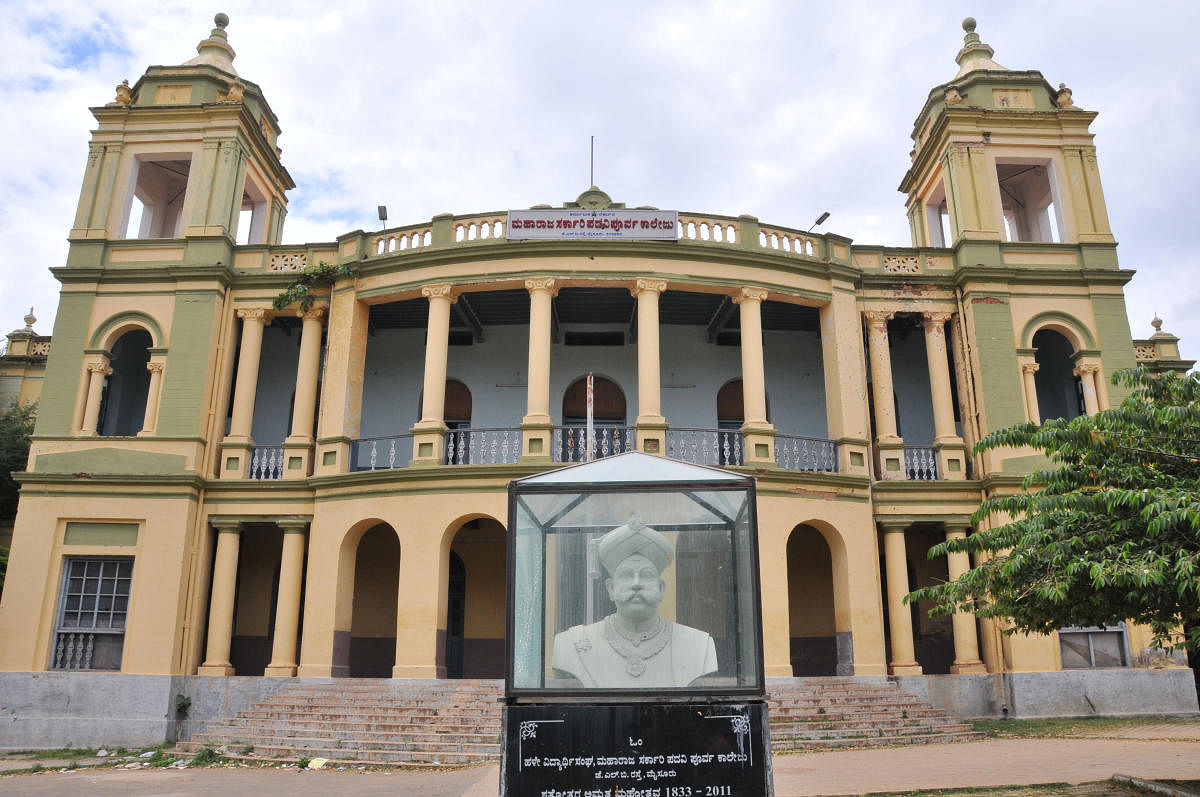Portrait of a patron of arts

Two centuries after Mummadi Krishnaraja Wadiyar is born, Mysuru’s art and architecture still resonate with the contribution of this king. His cultural influence is well-known, however, what impact did his administrative measures have?
Krishnaraja Wadiyar III ruled over the Mysore province directly for 20 years. During this period, he tried to implement several administrative measures, but later they served as factors that led to an uprising, resulting in his downfall.
After Tipu Sultan was killed in the Fourth Anglo-Mysore War (1799), the responsibility of administering the Province of Mysore was transferred to the young prince (who was only a five-year-old then) by the British. The British appointed Krishnacharya Purnaiah as the Dewan of Mysore and the Regent of the young prince.
Purnaiah made elaborate arrangements and implemented several measures to strengthen the administration. His first priority was to quell rebellious elements. He also focused on mobilising resources to strengthen the economy and brought significant changes to the tax system.
As days passed, differences of opinion between the young Maharaja and the Dewan emerged. The Dewan, on many occasions, in the presence of officials of the East India Company, spoke ill about the Maharaja. The Dewan desired that the post he held be made hereditary. This was neither accepted by the British nor by the Maharaja. In December 1810, the Dewan tendered his resignation. The taluk of Yelandur was granted as a jahagir (a gift) to him for his service to the Province.
As an administrator
In January 1811, the Maharaja took over the reins of administration. His benevolent character did not permit him to either introduce strict measures in the administration or to have firm control over the affairs of the administration. The bureaucrats had become strong.
He was a man of charities, endowments and donations. He made liberal donations to religious institutions, maths and monasteries. Tax-free lands were donated. Monetary allocations were made towards the renovation of several temples. This had a direct impact on financial matters.
Corrupt practices were rampant during the period. The offices of administration became the fountainhead of nepotism and large-scale maladministration.
Added to this are defective methods of assessment of the land and other revenue sources. These resulted in an insurrection which became more famous as Nagara Rebellion.
Termed a peasant rebellion, it was due to this that the Maharaja was dethroned. In 1831, the responsibility of administration was taken over by the British. The Company in turn appointed commissioners to rule over the Province.
Cause of education
The Maharaja supported the cause of education. It was he who first started “Rajas Free School” to impart western and oriental education. It later became the Maharaja High School and the Maharaja Pre-University College.
Being a poet, he was a connoisseur of art and literature. His period is termed a transitionary period from old to new in the development of Kannada literature. He patronised many poets and scholars. Nearly 50 works are ascribed to him. These works deal with religion and other aspects.
He enjoyed the title “Abhinava Bhoja”, for this encouragement. It was during this period he gave patronage to many musicians, particularly veena players. Among them Veena Venkatasubbaiah and Veena Doddasubbaraya were important.
This period was also a period of transition in the field of architecture. Many temples were built and several were renovated. The Residency Bungalow at Ilwala, the Government House and Wellington Lodge, both in Mysore belonged to this time.
The Maharaja did not have a male child to succeed him. He prayed that the Government of India allow him to adopt a male child so the child would succeed him. Many contemporary native Indians and Europeans — including some leading statesmen, parliamentarians and enlightened citizens — put pressure on the British Government in this regard. The issue was also discussed in the House of Commons.
In 1864, he was permitted to adopt a male child and Chamaraja was later adopted. The Maharaja died in 1868.